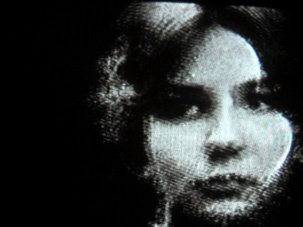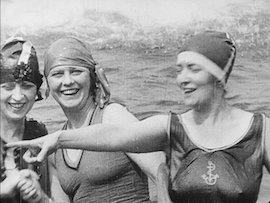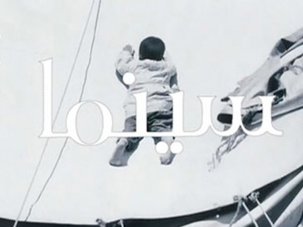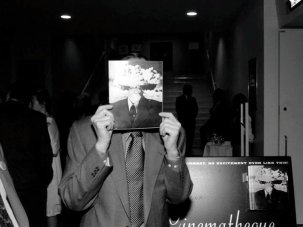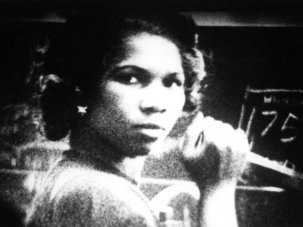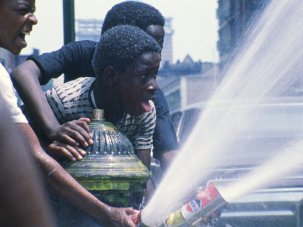Web exclusive
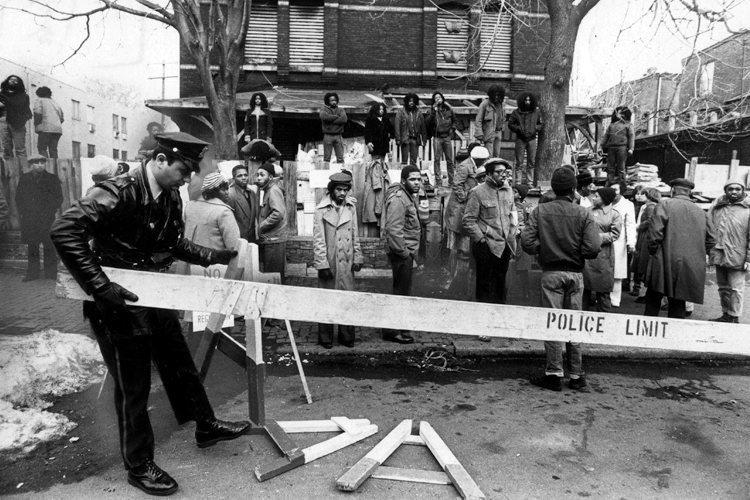
Let the Fire Burn
Many documentaries have a reality problem. Though nonfiction film (generally) uses actual captured images as its foundation, these events are often presented as if they happened in the past, even when the footage is observational (or when the images were captured only months prior). This is often due to an over-reliance on talking-head interviews or an almost fearful need to over-explain a message.
Strangely, the impersonation of reality in fictional narrative film can create a sense of a story happening far more effectively than in documentary, despite the obvious reality gap. The horror film puts you in the room with the ghost, the action film places you in the car, mid-chase, etc. In a way, a lot of fiction can be seen as documentaries about the struggle to suspend disbelief, to create the sense of truth happening in the present tense.
|
How to Survive a Plague is released in the UK by Dartmouth Films on 8 November 2013. Let the Fire Burn is now on release in the USA and recently played in the London Film Festival. |
Meanwhile, many of the best nonfiction filmmakers throughout history have worked to reclaim reality by using this ‘present tense effect’ as a structural tactic. Some of the most exciting cinema marries the bracing reality of real images recorded with editing strategies that heighten the sense of experiencing something. This present-tense effect is the formal basis of direct cinema films like Albert and David Maysles’ Salesman, verité films like Patricio Guzmán’s The Battle of Chile or immersive experiments like Lucien Castaing-Taylor and Verena Paravel’s Leviathan. Using different means, these filmmakers heighten the tension by using the basic tools of cinema – the image and the passing of time – to build mystery and drama.
This sense of urgency can be achieved by other modes of documentary storytelling, not just the use of an observational camera. Think of the startling effect of the boisterous interruption of an interview subject by Werner Herzog in Grizzly Man, for example.
In 2010, Asif Kapadia’s Senna made waves by crafting a present-tense film entirely from historical material. Archival images are the centrepiece of many documentaries, of course, but Kapadia used his footage of the enigmatic and doomed Brazilian racer not to enliven an interview-based retelling of history, but to create tension, drama and cinematic immersion by treating the found material as observational footage. The technique had been used before, most notably with Sergei Loznitsa’s experimental Blockade in 2006, but Kapadia’s film was remarkable in that it was a big documentary story done in a fresh style.
Following Senna’s success, a new subgenre of nonfiction emerged, appropriately named ‘archival verité’. That same year, Andrei Ujică made the first archival verité masterpiece with The Autobiography of Nicolae Ceausescu. A new mode of present-tense cinema had been born.
Two recent American films, Jason Osder’s Let the Fire Burn and David France’s How to Survive a Plague, have taken this approach as their own. Though they wouldn’t necessarily self-identify as ‘archival verité’, both films use variously sourced images to conjure distinct 1980s American tragedies, creating urgent action thrillers about real events. Both are successful at using cinematic tools to bring the past into the immediate present, but, somewhat ironically, it’s France’s innovative use of interviews that helps How to Survive a Plague more successfully develop a sense of the present tense.
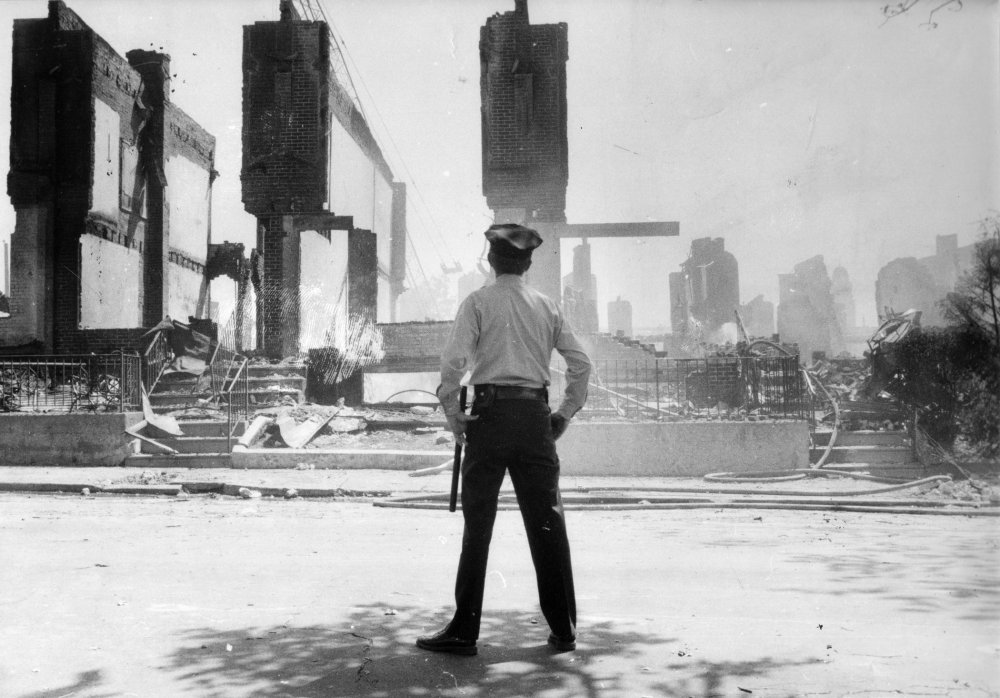
Let the Fire Burn
Let the Fire Burn uses on-camera depositions, public hearings, news reports, home movies and other various found sources to tell the story of the black liberation group MOVE’s battles with Philadelphia law enforcement from 1978 to 1985. The tension escalates after shootouts and various acts of aggression on both sides until a tragic climax on 13 May 1985, when an apparent tactical mistake by either the police or fire department leaves 11 people dead and 60 homes burnt to the ground.
The film doesn’t rely on interviews in a traditional way: every bit of talking comes from the archival material. This is documentary world-building, where urgency is prized over information and the standard treatment by most modern documentaries of political events as a means for simple message-delivery is refreshingly disregarded.
The film is quite moving, a scathing reminder of a time in America’s very recent past when race issues were nightly news stories and horrible, unthinkable tragedies were almost common occurrences. In an era where jittery YouTube videos of seemingly racially-motivated police abuses have trumped mainstream media coverage of most urban issues, Let the Fire Burn is a haunting cultural corrective. Osder uses his footage to transform the characters onscreen from ghosts of a forgotten past to flesh-and-blood human beings, struggling, living and dying in the here and now. This is an unmistakably political film about the way in which moral abstraction and insipid institutional logic can lead directly to heartbreaking tragedy.
The film wants to make us feel what is happening and it often succeeds. Yet there is an over-reliance on effects like theatrical slow motion, dramatic music and text on screen that somewhat limits the present-tense effect. The film also has the standard documentary “wrap everything up in the beginning” intro that sets up the narrative issues almost too clearly, too early on. Unlike, say, Ujică’s The Autobiography of Nicolae Ceausescu, the film relies on (slightly) too many tricks, including afraid-to-bore-the-viewer editing, to truly place us on that street on that fateful day in May 1985.
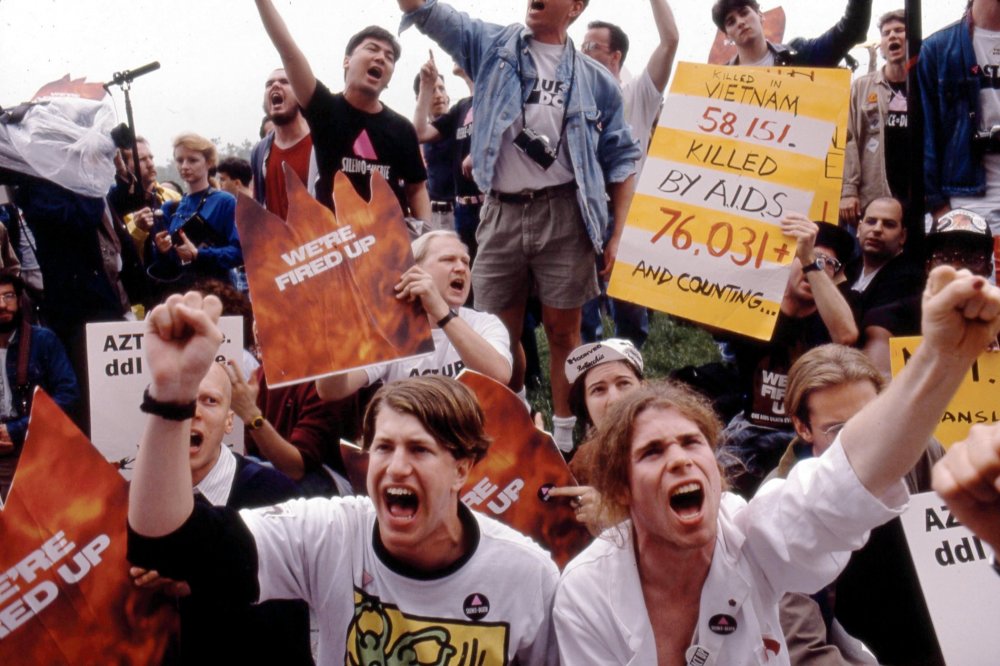
How to Survive a Plague
France’s How to Survive a Plague is also interested in reclaiming tragedy from the past by creating the sense that its events are happening in the urgent now. The film chronicles the rise of AIDS activist groups ACT UP and TAG during a climate of political indifference, as casualties mount and pressure builds to a seemingly unbearable intensity. As with other archival verité films, the movie is primarily made of found materials: meetings, protests, news conferences and home videos that, stitched together, remind one more of films like The Battle of Chile than your run-of-the-mill AIDS issue documentary.
Like Let the Fire Burn, the film finds a moral weight in placing viewers in the middle of real struggle as it’s happening. Yet France is more successful in his use of the present-tense effect because the story is built from the urgency of the images and the materials are edited to create a palpable sense of mystery and immersion. Disorientation is prized in stunning ways, ‘messy’ reality is allowed to insert itself into dramatic moments, as the film becomes a nonfiction war film/action thriller.
It is the devastatingly unique use of one of the most standard tools of documentary filmmaking, however, that gives France’s film its most striking urgency. The way in which interviews are employed and used for dramatic effect disproves the assumption that only observational filmmaking can create the sense of the present tense. Throughout the film, voices are occasionally heard and identified, giving context and adding depth to the understanding of the sometimes frantically passing images. When these interviews cut to the speaker, the effect of seeing a character 20+ years after a life or death struggle is haunting and emotionally moving. This has the counterintuitive effect of bringing the older footage forward in time, compressing past and present.
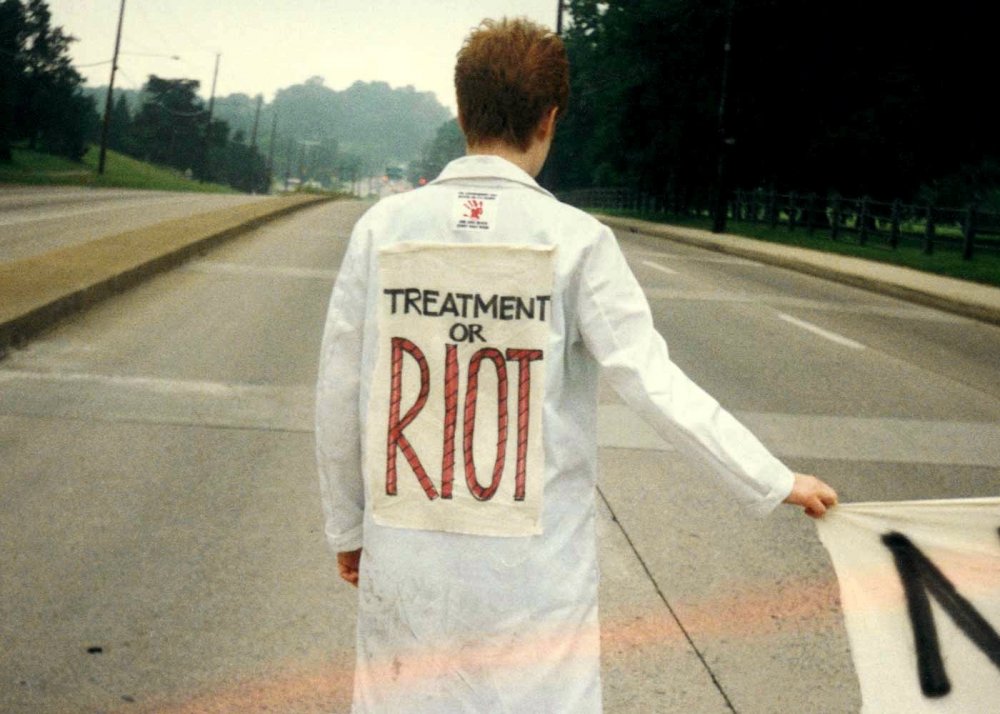
How to Survive a Plague
But some of the main characters of the film are never heard from and never appear. Most often, of course, this is because they have died of AIDS-related complications. But France does something simple and quite brilliant: after many onscreen deaths, he withholds the revelation that some of the most magnetic and meaningful characters in the story did, in fact, survive the plague. A simple parade of interviews against black backdrops (maybe the most recognisable documentary trope there is) suddenly becomes an unbearably moving march of life, a powerful reminder that surviving was not a given for these men. The immediacy of what was at stake could not be more dramatically rendered.
That an inspired use of interviews can become the most vital articulation of the present-tense effect is a hopeful sign that nonfiction, when it relies on the basic tools of cinema, can move past the reality problem of most documentaries. And archival verité is a tantalising new mode of cinematic nonfiction, moving the battles of the past into the vivid now.






